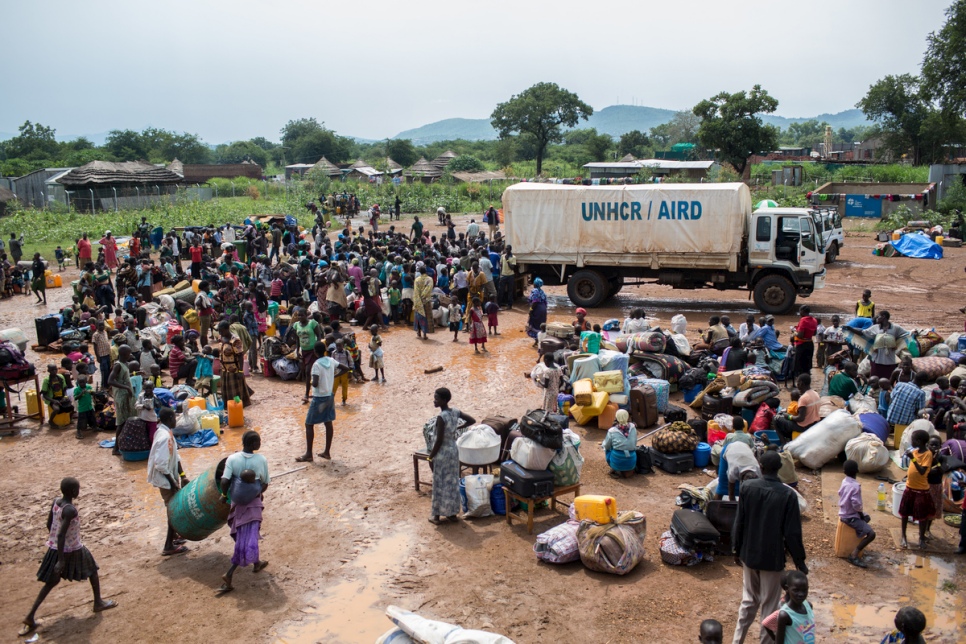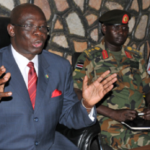With conflict in South Sudan now entering its fourth year and its people facing dire humanitarian challenges, the United Nations refugee agency has revised upwards its funding requirements for 2017 to address new needs of those who have been displaced due to renewed fighting, increased violence and resulting food insecurity since July last year.
According to the UN Uganda will get US$283.8 million for country operations targeting the South Sudan refugees, as part of the revised requirements that now amount to $781.8 million, including support costs (seven per cent), about $297.9 million (61 per cent) higher than the earlier budget of $483.9 million.
According to the Supplementary Appeal for the South Sudan Situation launched by the Office of the UN High Commissioner for Refugees (UNHCR), over three million people are estimated to benefit from the agency’s interventions by December 31, 2017. These numbers do not include local populations in host communities who – themselves suffering from food insecurity and limited access to basic social services and infrastructure – would also benefit from humanitarian interventions under the agency’s inclusive support strategy.
UNHCR interventions will focus on increasing the integration of refugee response programmes with comprehensive national and regional protection and development frameworks; enhancing productive and coping mechanisms of refugee and host communities; and strengthening resilience through partnerships and innovative approaches such as cash-based interventions and other self-reliance initiatives in close cooperation with governments, humanitarian and development actors, civil society and the private sector.
The ‘planned assisted population’ by the end of 2017 is about 3,026,300, seventy per cent higher than the ‘population of concern’ identified by UNHCR as of October 31, last year (1,770,688). The ‘population of concern’ included more than 1.2 million South Sudanese refugees in the Central African Republic, the Democratic Republic of the Congo, Ethiopia, Kenya, Sudan and Uganda.
Of the nearly 1.8 million internally displaced within South Sudan (as of November 2016), UNHCR interventions focused on protection and assistance of approximately 240,000 most vulnerable internally displaced persons as of end-October 2016. During 2017, UNHCR estimates to assist up to 830,000 displaced assessed as the most vulnerable among the total population displaced.
In terms of overall figures, some 6.1 million South Sudanese are estimated to be in need of urgent humanitarian assistance.
Additionally, disease, protracted instability, escalation of violence and wide-spread destruction have triggered unprecedented levels of food insecurity. More than 4.8 million people – half the population – are severely food insecure due to simply being unable to bring in the harvest. The economic situation, too, continues to worsen with hyper-inflation at record levels of more than 800 per cent.
On top of these challenges, lack of in-country infrastructure such as roads or viable airfields, as well as the long rainy season of up to eight months per year have rendered South Sudan one of the most logistically challenging countries in the world in which to operate, and thus in which to bring assistance to those in need.
The breakdown of the revised requirements for the South Sudan Situation for other country operations include South Sudan ($171.7 million), Ethiopia ($157.7 million), Sudan ($68 million), Kenya ($40.5 million), Democratic Republic of the Congo ($30.3 million) and Central African Republic ($9.8 million). Headquarters and Regional Coordination amount to $476,251.







